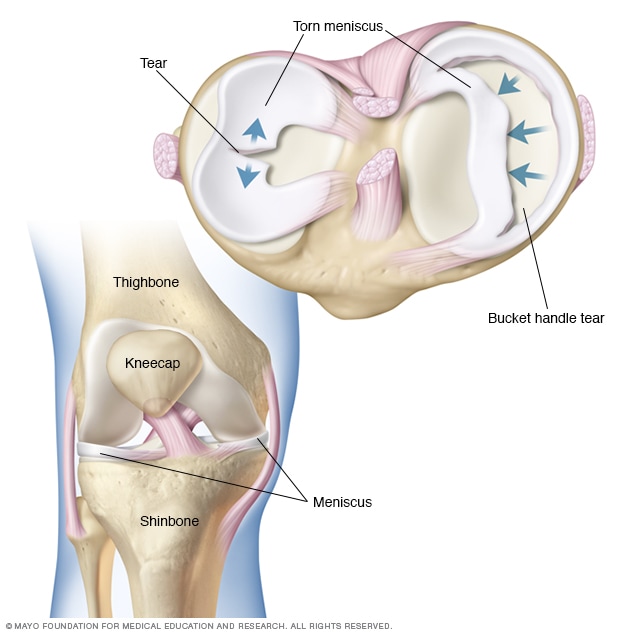Occasional Joint Pain

Joint Pain Covid
Arthritis (the inflammation of one or more joints) is the leading cause of hand pain. It can occur anywhere in the body but is particularly common in the hands and wrist. There are more than 100.
Joint pain, like delayed onset muscle soreness (DOMS), is one of many occasional side effects of an active lifestyle. It’s common to feel some tenderness in your joints, but it’s important to recognize the causes and be able to determine if your pain is serious or standard. It turns out that most perceived joint pain isn’t even joint pain. It’s pain coming from the muscles, ligaments, and tendons, explains Jacob Teitelbaum, M.D., an internist who specializes in fibromyalgia and pain. To further complicate things, there are many types of joint pain. However, the most common type, arthritis, is most typical in individuals over 50 years of age. Other types of joint pain are often from “pre-arthritis” conditions, explains Derek Ochiai, leading board-certified orthopedic surgeon and sports medicine doctor in Arlington, Virginia. These conditions can be common in young patients who are highly active.
- Joint pain occurs as a symptom of many autoimmune diseases, in some conditions as a primary defining symptom of the disease, and, in others, as a secondary symptom that occurs in more advanced or longstanding cases, or as one of an array of possible manifestations.
- Hip pain: Symptom — Overview covers definition, possible causes of hip joint pain. COVID-19: We are experiencing high call volumes Current patient vaccination updates by campus: Arizona, Florida, Rochester, MCHS.
- If you're having the occasional twinge of joint pain when you go for a walk or climb stairs, or you're worried about arthritis because a parent had it, one step toward prevention is to check your weight. There are two ways that being overweight raise.
If you’re an avid exerciser, you can expect some light pain in your joints and muscles. Pay attention to your pain, though. If you notice signs of persistent joint pain—especially if the following signs are present—see your doctor, stat.

You notice joint swelling.
If you start to notice redness or swelling, it’s likely due to inflammation in the joint area. “When a joint is inflamed, the body sends in cells to combat that inflammation, which can also lead to increased fluid retention in the area,” explains Karena Wu, P.T., owner of ActiveCare Physical Therapy. If you’re experiencing this swelling specifically in your fingers, you should schedule an appointment with your physician. It could signal rheumatoid arthritis or other autoimmune illnesses, according to Dr. Teitelbaum.
You experience joint stiffness, especially in the morning.
When you wake up, you might feel a little stiff. After all, you’ve been lying in the same position for a solid seven or more hours. However, if you’re feeling this stiffness specifically in your joints it may signal something more serious. “As the joint breaks down, and with the inflammatory process in play, the joint will be more difficult to move because of the increased pain and swelling,” says Dr. Wu. “If the joint is not moved for a prolonged period of time, it will be difficult to get it started to move, so activities like sleeping will lead to morning stiffness in the joint.”
You’re limping.
If you’re limping as a result of joint pain, and it persists, clearly there’s something wrong. “This means that your pain is bad enough that your body is sacrificing efficient biomechanics to decrease pressure on that joint,” explains Dr. Ochiai. “New onset limping should be evaluated if it lasts more than a day or so.”
You hear “crunching.”
Although not always cause for concern, if you hear crunching with the sound of joint movement, you should get checked out by your physician. “Crunching sounds usually indicate an incongruity or instability within a joint. It’s a frequent finding as joint pain progresses,” explains Taylor Brown, M.D., an orthopedic surgeon at Houston Methodist.
You have trouble sleeping.
If your joint pain is so debilitating that it’s accompanied by fatigue and difficulty sleeping, fibromyalgia might be present. This chronic pain disorder affects the muscles and soft tissues and is characterized by tender points. It’s difficult to diagnose. However, if you believe that you’re suffering from fibromyalgia, it’s worth seeing a specialist who can accurately diagnose your condition.
Occasional Pain In Chest
You notice inflammation in a single digit.
If a single joint is hot and inflamed, especially your big toe, see your physician. “This occurs when uric acid is too high in the blood and crystallizes out in the joints (similar to when too much sugar is added to a drink and crystallizes out on the bottom),” explains Dr. Teitelbaum. “Getting this treated early in the process can save you weeks of grief.”
You have a fever or chills.
If your joint pain is accompanied by fever or chills, it might signal an early sign of possible infection within a joint. Although uncommon, infection within a joint can become life and limb threatening, explains Dr. Brown. “Warmth and redness at the joint are very common with all causes of joint pain and are not specific to an infection.” In this situation, he recommends seeking medical help immediately.
Sporadic Joint Pain Swelling
Some joint pain is common, some is more serious. Be mindful of any irritation and pay attention to the severity and length of time you feel pain. Talk to your doctor if your joint pain progresses to any of the above symptoms.